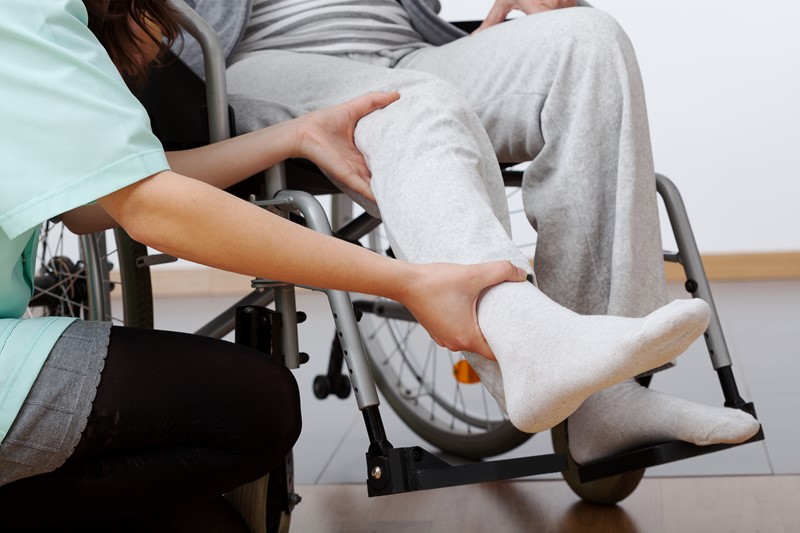Current health systems are struggling to meet the needs of the populations they serve. In the US alone life expectancy has been declining since 2017. We need to find ways to ensure health outcomes are improving, not getting worse.
Leveraging an effective population engagement strategy and improving healthcare navigation is key to this. Activating patients to be part of the solution by improving access to the health system will help healthcare take steps towards improving the health of populations and achieving the Quintuple Aim.
Accessing healthcare should be easy
Considering the current process of interacting with healthcare services, it’s clear that access and navigation issues provide barriers to people obtaining the care they need. Typically, to access services, a person must make an appointment with their doctor, wait some time for that appointment, and then wait again for any referrals to other healthcare providers. The process is fragmented, slow, opaque and fraught with the risk of errors.
System inefficiencies have left emergency departments overwhelmed, with huge backlogs of people on waitlists and patients not knowing where to turn when they need help. This negatively affects health outcomes and is contributing to clinician burnout and the poor patient experience.
We talked previously about leveraging patient engagement technologies to reduce clinician burnout and to ensure patients have a better overall experience with the health system. But how can patient engagement tools help reduce barriers to care to help improve health outcomes?
Right patient, right care, right place and time
Leveraging a digital front door that supports all healthcare interactions and is consistent and easy to use opens the door to many more positive possibilities for patients and caregivers.
A centralised digital front door enables people to educate and treat themselves, interact with their care plan, engage with clinical teams when necessary and understand when an intervention is needed. Being equipped with this awareness, allows patients and caregivers to make better decisions about care and contribute to improving outcomes for themselves and their loved ones.
Simply put, ensuring the right patients are being seen at the right place and at the right time means clinicians are spending time with those who need it most.
Complete data sets are key
Building on this, integrating a digital front door with a health information exchange will result in better quality data and more collaborative care. This provides even further opportunities for patients to be active in their health journey by contributing self-generated data to their healthcare records.
Often, patients are better equipped to provide certain information. For example what medication the patient is taking or remotely taken blood pressure readings. Coupling better efficiency across the health system with better quality and more complete data sets can hugely improve the quality of care provided to patients, thus resulting in better health outcomes.
Drastically changing healthcare delivery
A digital front door can change the way healthcare is delivered and received. Providing a central source of truth for services will improve access to healthcare and ensure people have the resources they need to actively manage more of their healthcare journey at a time and place convenient to them.
Interested in reading more about how leveraging a digital front door can help healthcare take steps towards improving the health of populations and achieve the Quintuple Aim?
In our next blog, we will look at how patient engagement technology can help health systems take steps towards a more sustainable future.



